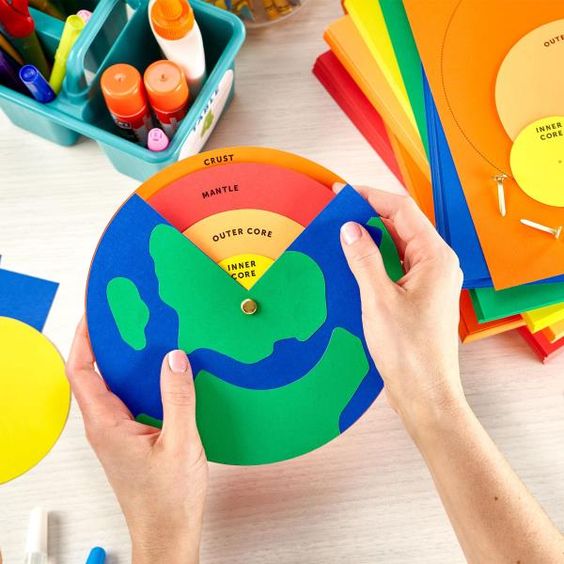Introduction
Earth Day, celebrated on April 22nd each year, is a great opportunity to teach students about the importance of preserving our planet. One exciting way to engage students in this important topic is through hands-on math and science projects. These projects allow students to develop critical thinking skills while learning about environmental issues. In this article, we’ll outline a few awesome Earth Day math and science projects that are perfect for classroom or home use.
1. Nature’s Fibonacci Sequence
The Fibonacci sequence is a series of numbers found throughout nature and can be observed in the patterns of leaves, flower petals, and pinecones. In this project, students will explore the Fibonacci sequence by measuring plant growth and identifying patterns within their own environment.
Materials needed:
– Measuring tape
– Camera or smartphone (to document observations)
– Plant specimens (leaves, flowers, pinecones)
Instructions:
– Have students measure various plant specimens and apply the Fibonacci sequence to identify patterns.
– Encourage students to take photos of their findings and share them with the class.
– Extension activity: Use software or online tools to create visual representations of the Fibonacci sequence within their observations.
2. DIY Solar Oven
Teach students about renewable energy by using this simple project to construct a solar oven from everyday materials.
Materials needed:
– Cardboard box
– Aluminum foil
– Plastic wrap
– Newspaper or other insulating material
– Tape or glue
– Marshmallows, chocolate bars, and graham crackers (for making s’mores)
Instructions:
– Cut off the flaps from the top of a cardboard box.
– Line the inside of the box with aluminum foil (shiny side up) using tape or glue.
– Layer insulating material (e.g., crumpled newspaper) within the bottom of the box.
– Cover an opening cut out in the top of cardboard with plastic wrap, securing it with tape.
– Position the box in direct sunlight and wait for it to heat up. Place marshmallows and chocolate on graham crackers and watch them melt inside the solar oven.
– Discuss the importance of renewable energy sources, such as solar power, with students during the activity.
3. Calculate Your Ecological Footprint
In this project, students will use math skills to calculate their ecological footprint, which is an estimate of how much land and resources their lifestyle consumes.
Materials needed:
– Computer or tablet
– Internet access
Instructions:
– Direct students to an ecological footprint calculator (there are several free online calculators available).
– Have students input data about their lifestyle, such as transportation habits, energy use, and food consumption.
– Calculate individual ecological footprints and compare results within the class.
– Discuss ways to reduce our impact on the Earth, such as using public transportation, recycling, or eating a plant-based diet.
Conclusion
Incorporating hands-on activities like these math and science projects helps students make connections between environmental concepts and real-world applications. Engaging students in Earth Day activities can inspire a lifelong commitment to protecting our planet.





